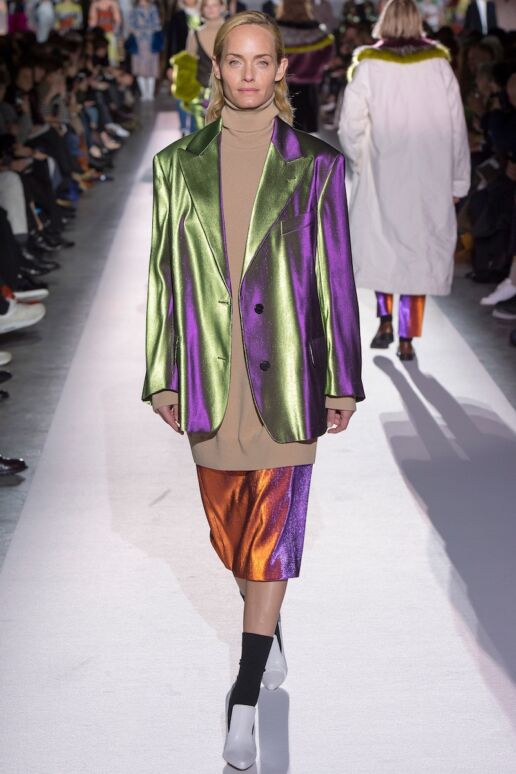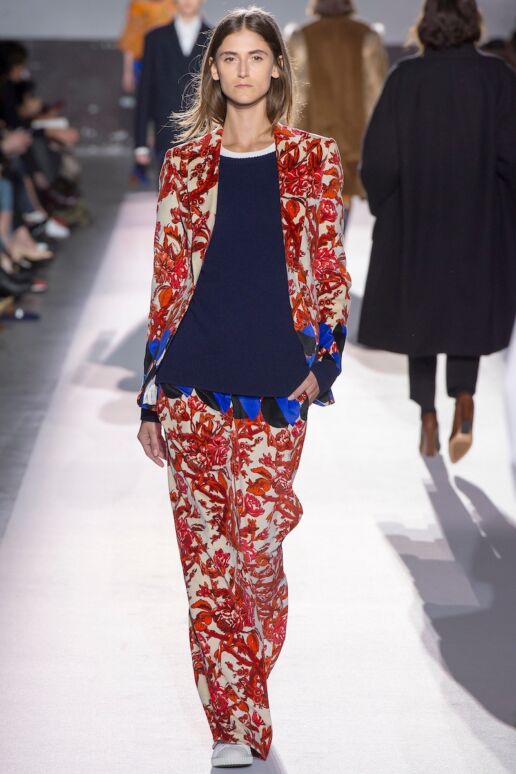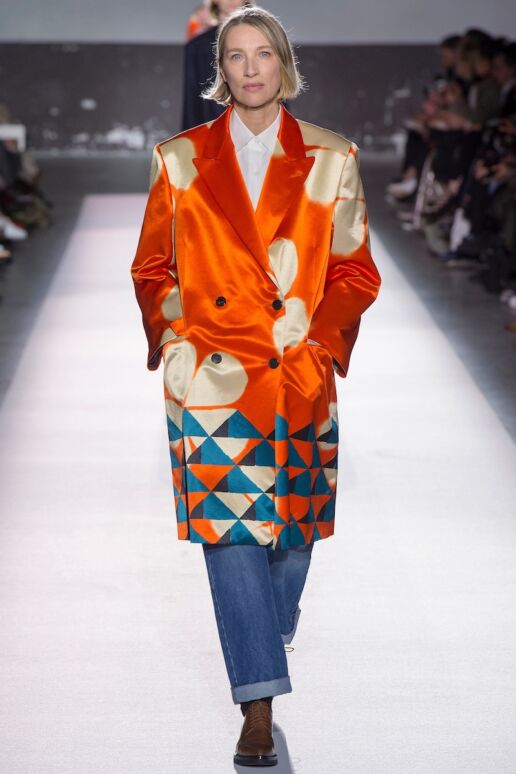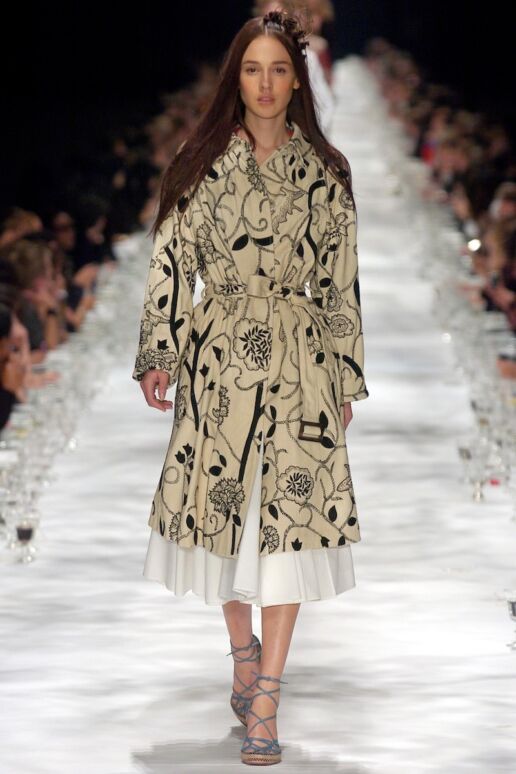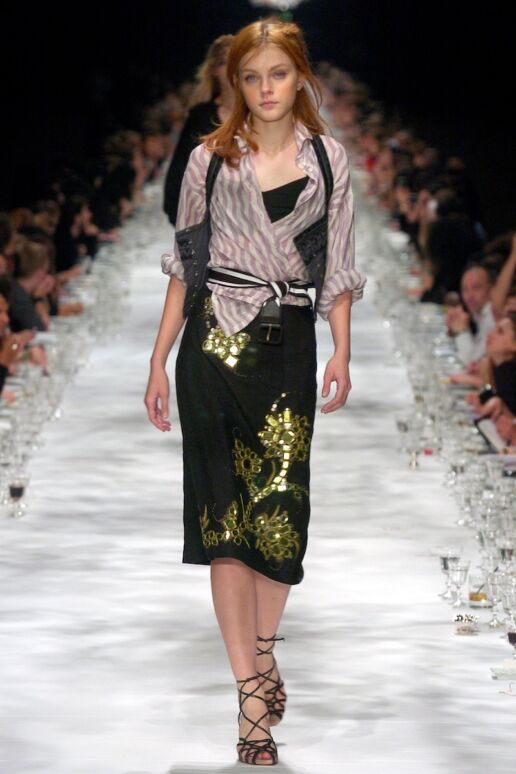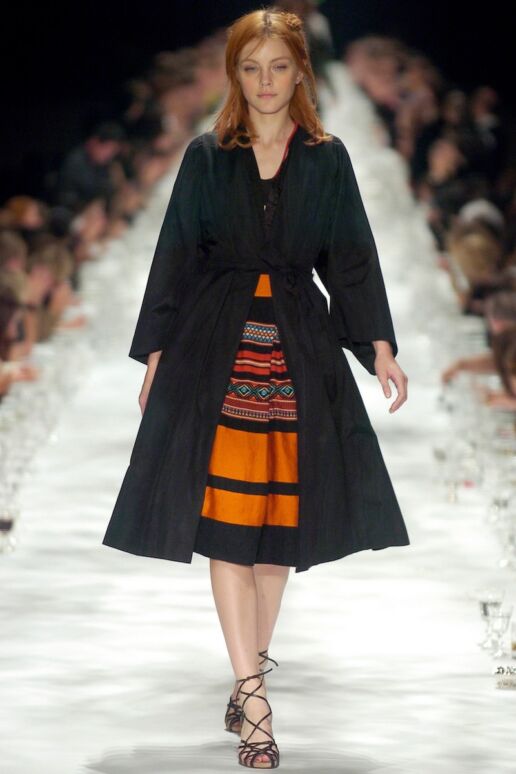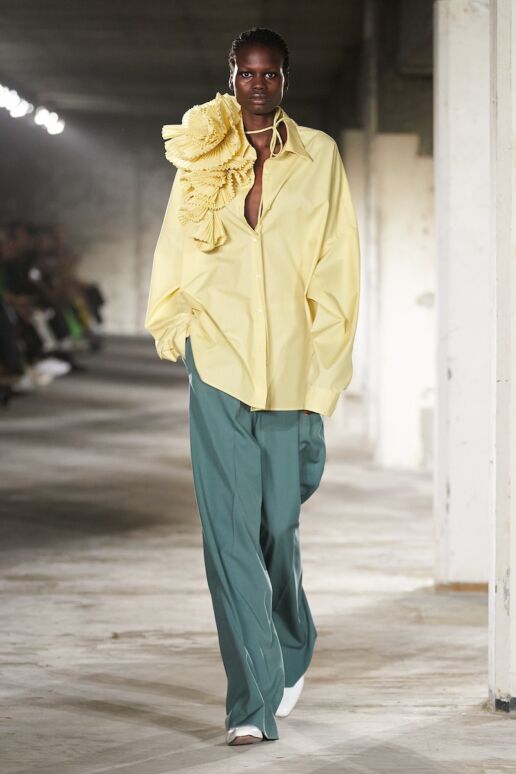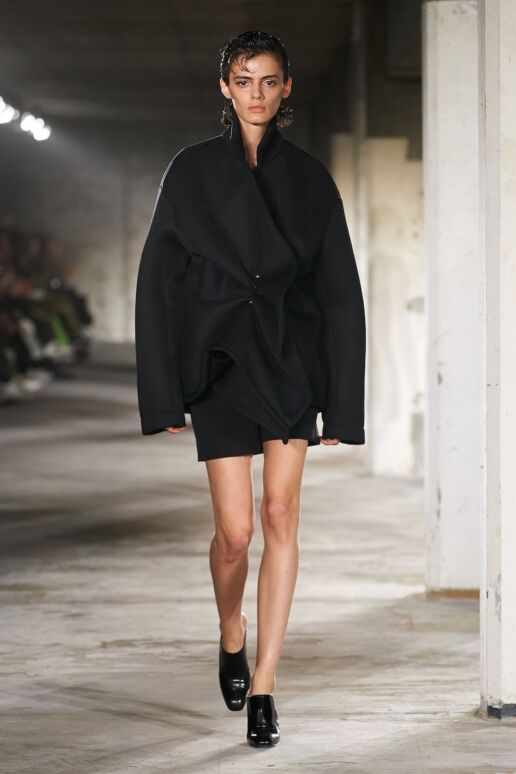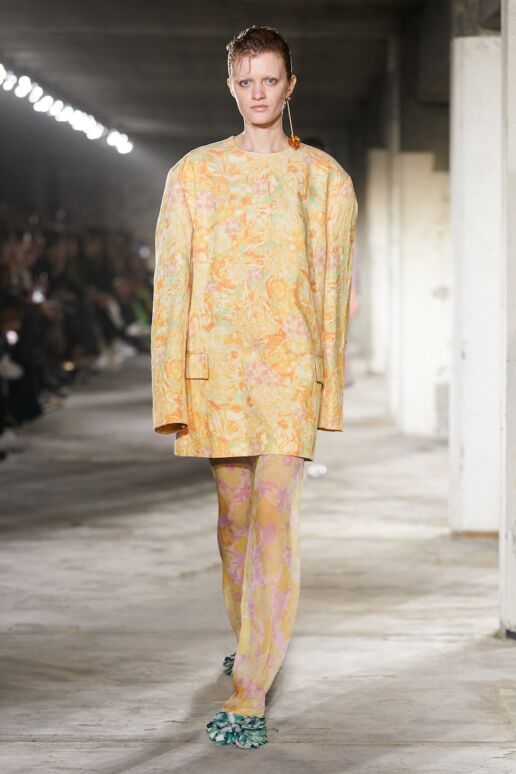Dries van Noten: A Creative Genius Confronting the Industry
Born in the city of Antwerp, Belgium, Dries Van Noten, the third-generation representative of a family of tailors has announced his departure from the creative directorship of his eponymous brand after 38 years. This announcement, made alongside the revelation that the upcoming Spring/Summer 2025 Men's Collection would be the final under his leadership, has sparked surprise throughout the industry. In a heartfelt farewell letter, Van Noten expressed his intention to shift his focus towards all things he never had time for. As the fashion world grapples with this unexpected news, let us reflect on the inspiring journey of Dries Van Noten and the indelible mark he has left on the world of style and creativity.
As one of the most independent and creative designers in the world of fashion, Dries van Noten’s first rebellion on record was to his family who wanted him to become a doctor rather than have a job in the creative industry. Dries disregarded his family’s pleas and joined a course in fashion design at the Royal Academy of Fine Arts in Antwerp at the age of 18. He briefly worked as a design consultant after graduating. Van Noten’s second and most important rebellion was against the fashion world. While working on his own men’s collection in 1986, he and his school friends Ann Demeulemeester, Dirk Van Saene, Walter Van Beirendonck, Dirk Bikkembergs and Marina Yee formed an avant-garde collective to unsettle the fashion industry and declare their extraordinary vision to the entire world. Meanwhile, the collapse of the Belgian textile industry was a perfect opportunity for six idealistic young people. They appeared at the London Fashion Week with the support of the Belgian Government. Their extraordinary designs and presentations intrigued the customers attending the fair. The media started to refer to them as the “Antwerp Six” after they received an unexpected number of orders. By the time they returned home after a successful show at London Fashion Week, they had secured respect across the Belgian fashion scene. Members of the Antwerp Six later went their separate ways to develop different styles and brands.
Dries van Noten’s independent character meant that he never bowed down to the demands of brands. His main objective was to break rules and set new trajectories. He disliked the tall and skinny model stereotype. Van Noten was after something new; he found models of different ages, sizes, and ethnicities. For him, fashion was high art, not a tool to fuel consumerism. He chose vivid color palettes and combined patterns, fabrics, and textures to create bold and original styles. His 1998 Spring/Summer collection was an attempt at modernizing local Belgian patterns. He went for bold colors and textures, striking details in a simple aesthetic approach, and he succeeded by adding minimalism with a magical touch to the fun he created. On the other hand, he stands out as one of the pioneers in offering more sustainable alternatives to the sector, which has a terrible track record. For instance, he chose biodegradable materials such as wool, cotton, and silk in his Spring 2004 collection. In the years that followed, he built on the concept of sustainability in many of his creations that have survived to this day. With ample amounts of drama, the catwalk shows he created for these collections come across as a “honoring of culture and art with grace”. A not-so-surprising scene at Van Noten’s shows is guests lying down on floor mats and drinking mint tea or experiencing local street food such as Belgian beer and French fries… For his 2005 Spring collection, a 40-meter-long table was set underneath 130 chandeliers to host a lavish dinner party. The guests dined while the models walked on the giant table dressed in designs with an Eastern European feel. By the time he was celebrating his 100th fashion show in 2017, he had also become one of the designers who understood women the best. Women of all ages and sizes admired Van Noten’s creations because of his fashion approach that went beyond tight-fitting garments.
Dries van Noten is still in charge of his fashion house where talented employees have the opportunity to choose from a vast collection of fabrics whether they are woven in-house or procured from different parts of the world. He is not a servant of the industry; what he does is art. He finds inspiration in folklore, the streets of Tokyo, the Zazou subculture, the antique markets, photos from employee phones, and most importantly, staring out of his window overlooking Antwerp Harbor.



